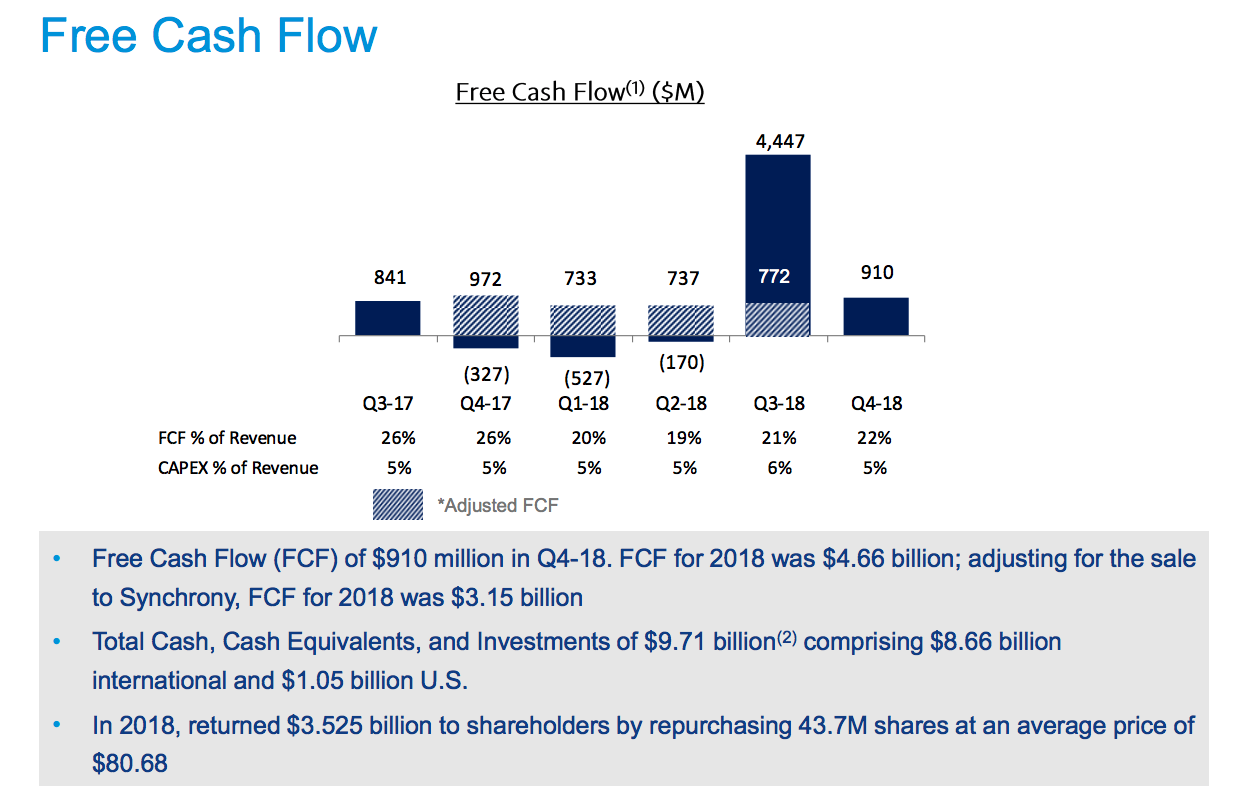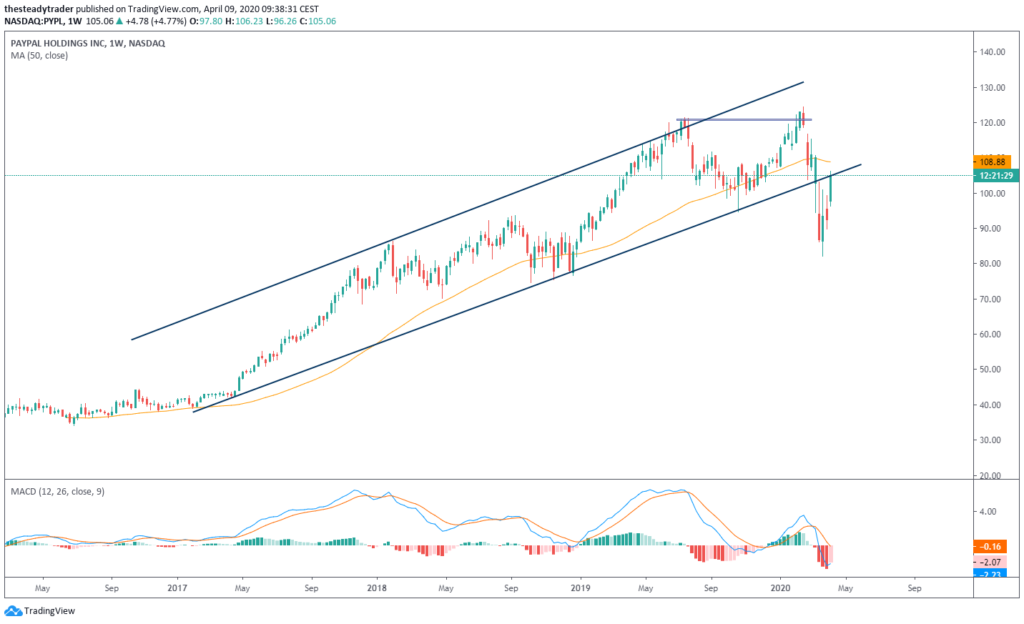
Gateways also provide payment vaulting databases which serve as encrypted storage systems of consumer information. It’s needed for any online sales presence. It plugs a merchant’s site into online payment processors, integrates into card networks and connects to digital wallets to power consumer payment optionality.
#Paypal stock software
PayPal has tokenization partnerships with all card rails like Visa and Mastercard.Ī Gateway offers many of the essential software connections to the rest of the landscape. This is very similar to encryption and the two terms are often used interchangeably. Tokenization definition : Process of anonymizing sensitive card data by converting it to a string of continuously generated numbers called a token. This can effectively be considered a digital point of sale (POS) system or a high-tech, digital cash register during the checkout process. After a payment method is selected and the data is entered, the card information and all other identifiable account information is encrypted (AKA tokenized ) by what’s called a gateway service. The customer can enter in credit/debit card information manually, or can use a payments provider like PayPal and login to have the data auto-populated once an account has been created.

As we’ll see later on, it is aggressively expanding into new segments, but all of the other launches are dependent on the strength of the central checkout system.Ĭheckout begins when a customer has finished filling their online goods/services basket and is ready to pay for their selections. So, we’ll explore this world from the point of view of PayPal. PayPal’s online checkout offering is described by management as its “past, present and future” and it is intertwined throughout this ecosystem.
#Paypal stock full
PayPal had been the preferred button AND the processor up until this point - but no longer.īefore going into how PayPal creates value, it’s imperative to understand the digital payments value chain, the process, its players and how PayPal fits into the full equation. That move meant PayPal would lose preferential checkout button placement on eBay’s page and would no longer be eBay’s processor - its competitor Adyen securing that new contract. That changed in 2018 when eBay announced it would not renew the operating agreement and would instead let it expire in 2020. The companies were separated, but continued to work closely during that 5-year period. This is also when current PayPal CEO Dan Schulman stepped in to manage the next evolution.įrom 2015-2020, a continued operating agreement between the two firms kept things largely unchanged and placid. Identifying this, legend Carl Icahn pressured the combined entity to spin off PayPal in 2015. Unfortunately, eBay’s future wasn’t so bright with the rapid advancement of Amazon and other competition. And from there, PayPal grew like wildfire its future was as bright as ever and its revenue base had surpassed its parent company’s. At this time (around 2008), it was generating 150% of what eBay paid for it in annual revenue - quite the purchase.īy 2011, PayPal’s product suite was morphing from checkout into a broader host of services including brick and mortar shopping, peer-to-peer (P2P) payment solutions and other M&A-based project. Five years into the journey, PayPal secured a partnership with MasterCard and other financial institutions which freed it to vastly expand its merchant availability. But PayPal had ambitions well beyond a checkout button on eBay. From 2002-2014, under eBay’s wing, PayPal blossomed as the platform’s default payment option and achieved dominant market share in the process thanks to its preferential placement. Just months after PayPal’s IPO and strong success, it was purchased by eBay.
#Paypal stock plus
Early employees of PayPal formed what was called the “PayPal Mafia” and included a wildly impressive roster of talent including those already mentioned plus Reid Hoffman, David Sacks and the co-founders of YouTube. Soon after, the two merged at the turn of the century and PayPal went public at the tail end of the dot-com bubble in 2002.

The company quickly caught the eye of X.com, a new digital bank, and its charismatic founder Elon Musk.

This fostered cutting edge payments innovation pertaining to privacy and data encryption and enabled it to find early success. Luckily, Confinity was founded with a security core. The new product concocted was called “PayPal." Perhaps ahead of their time, in 1999 the founding team subsequently evolved the focus to electronic payments. Confinity - founded by Max Levchin and Peter Thiel among others - was a software-based security program for hand-held devices and struggled to find any success. PayPal’s journey to digital payment ubiquity commenced in 1998 when it was created under the name “Confinity”.


 0 kommentar(er)
0 kommentar(er)
